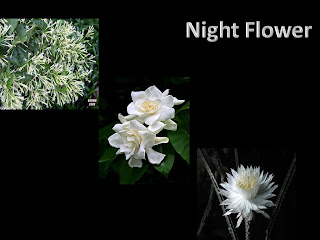
A beautiful and attractive tropical flowering shrub that blooms all year round in our country, Malaysia.
A hardy plant that comes in varying shapes, sizes and vibrant colors. It has been and continues to be an all time favorite with home gardeners and landscapers in the tropical and sub-tropical regions worldwide.
We too find Ixora charming and irresistable! Three cultivars are grown in our garden – a yellow variety, which I’ve identified as Ixora chinensis ‘Singapore Yellow’ while researching for this article, a dwarf hybrid from Thailand, Ixora ‘Indian Rope’ with red flowers and twisted waxy leaves and the common Ixora coccinea ‘Dwarf Red’ that was recently added, as seen in the right photo.
the flower comes in several varieties but originally the chrysanthemum was just a small yellow flower. After generations of cultivation, the number of varieties grew rapidly. In the Chrysanthemum Book of the Song Dynasty (960-1279), 35 varieties were noted but by the time of the Yuan Dynasty (1271-1368), the number had risen to 136. In Li Shizhen's famous book, "Ben Cao Gang Mu", finished in the Ming Dynasty (1368-1644), more than 900 varieties of chrysanthemum were listed. Today more than 3,000 varieties are blooming in China



















